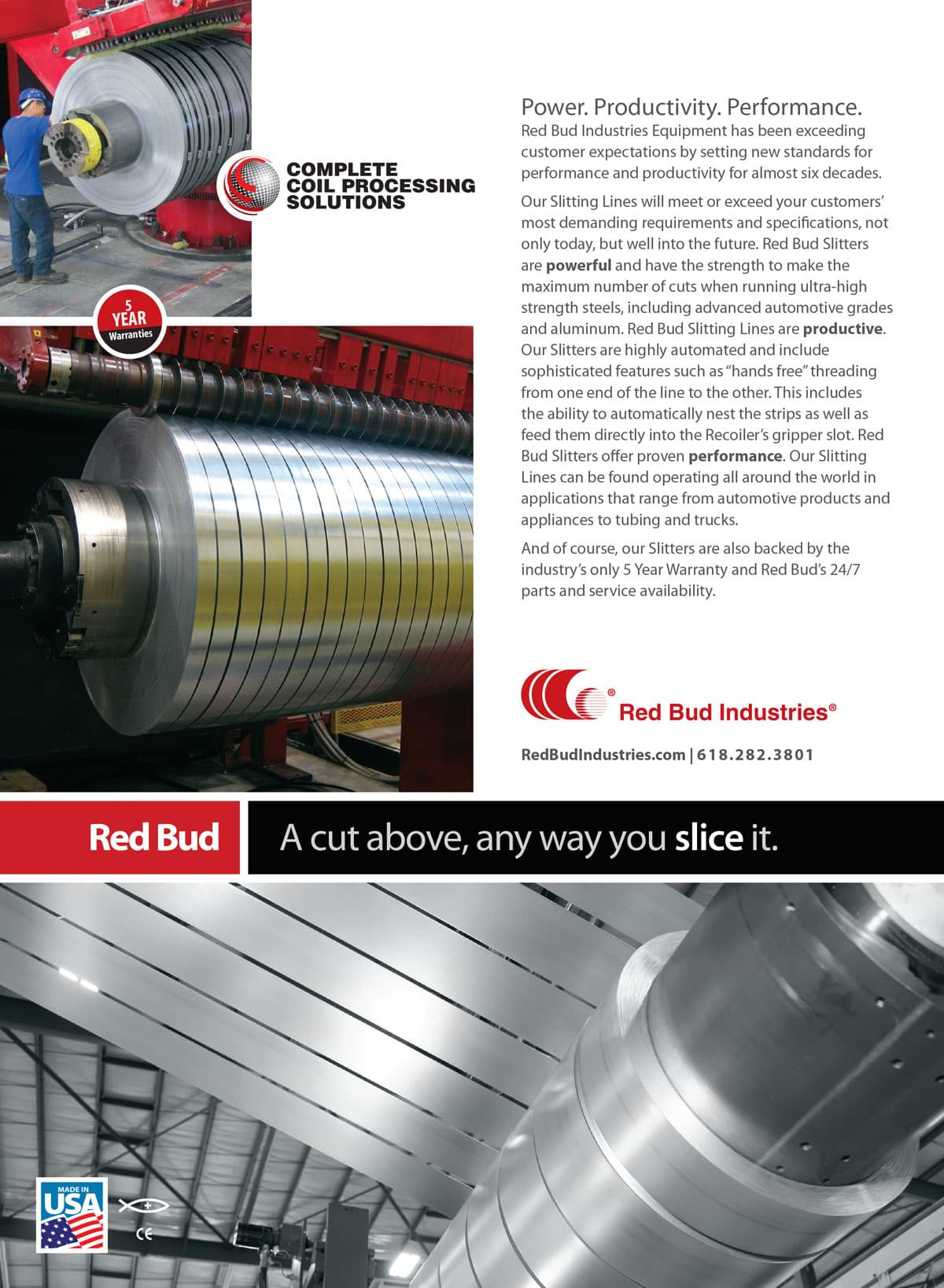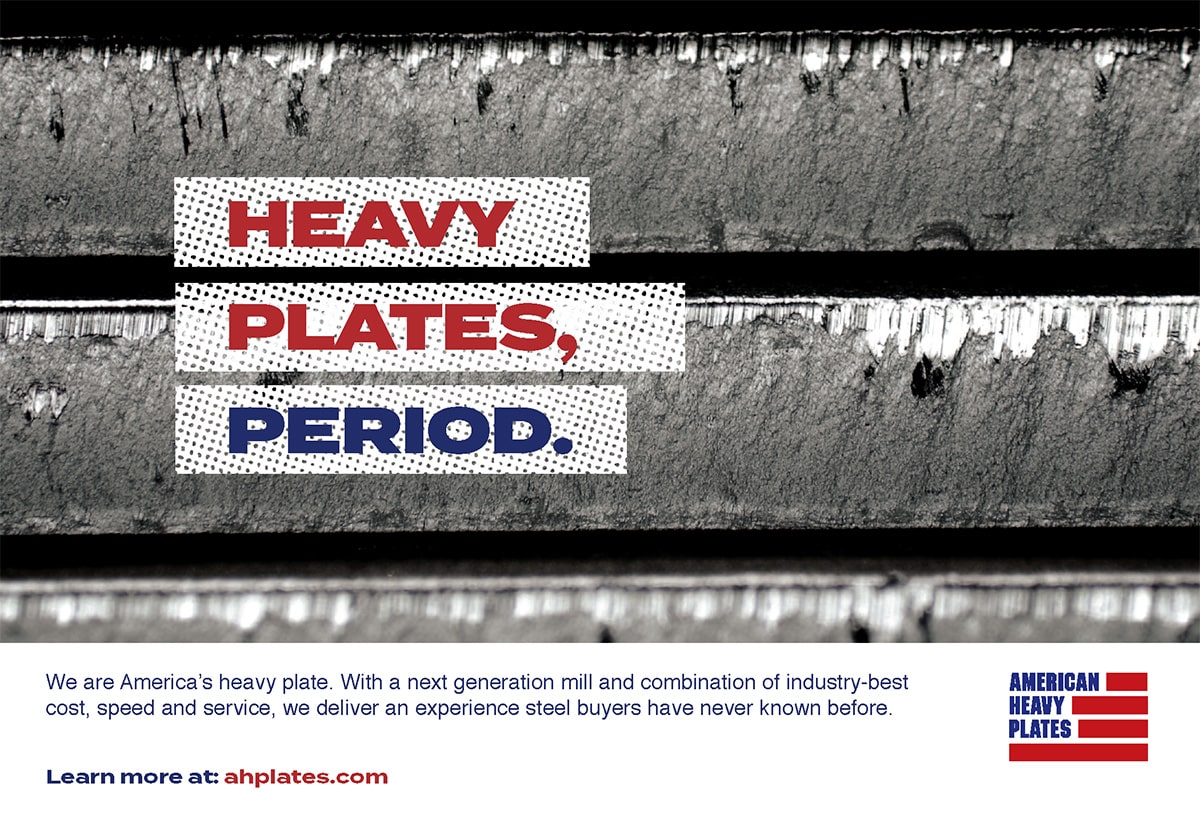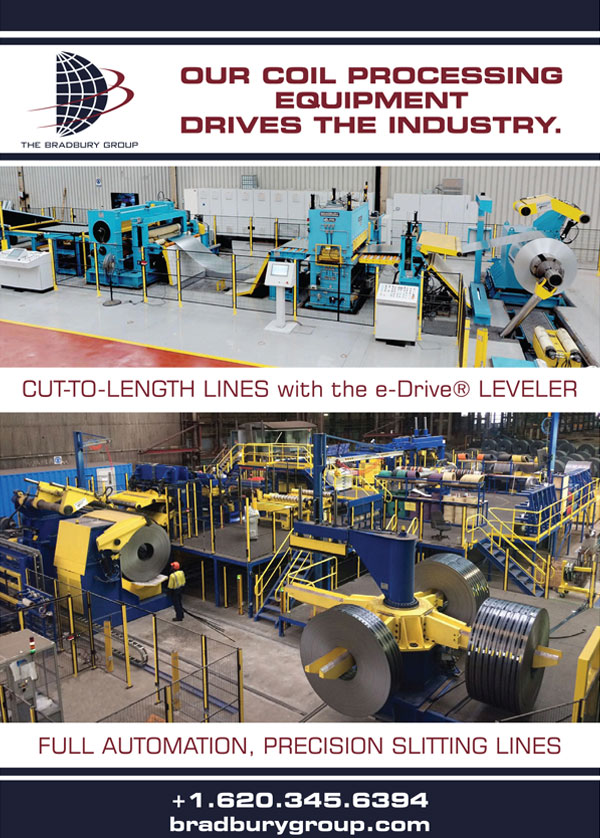erviacero Comercial is part of a network of service center and processing facilities across the manufacturing-rich regions of Mexico. Owned and operated by the Zermeño family, the company has expanded its reach and capabilities over the past 54 years.
The Serviacero parent group comprises 24 service centers in the states of Guanajuato, Nuevo León, Queretaro, Jalisco, San Luis Potosi, Michoacán, Aguascalientes, Hidalgo, Sonora and Mexico City.
Its services include laser-quality cut to length for light- and heavy-gauge material, slitting, pickling and oiling; roll forming for wall and deck panels and roll-formed profiles; tubular manufacturing and processing; steel grating manufacturing and fabrication; laser/plasma cutting, bending, machining, welding and painting; and the design and manufacturing of steel racks and containers.
Earlier this year, the Serviacero Comercial division installed a cut-to-length line in Leon Guanajuato, México, built by Fagor Arrasate. Mikel Lopez, sales director for the machinery manufacturer, says his company signed a design-build contract in January 2019, delivered the line in November and installed it in January. The first coil was run during February and the line began commercial production in March, he says.
Serviacero’s new Fagor CTL line processes steel with strengths up to 1,300 megapascals, from coils weighing up to 30 tons. The gauge range is 0.38 mm to 4 mm (0.014 to 0.15 inch), with widths from 300 mm to 1,880 mm (11.8 to 72 inches). Blank lengths range from 250 mm to 4,000 mm (9.84 to 157.5 inches). The processing speed can reach 90 meters (over 295 feet) per minute.
 We were looking for a CTL that could give us a high-quality surface and flatness.
We were looking for a CTL that could give us a high-quality surface and flatness. 
The leveler has an automatic cassette exchange system. “It has two cassettes for leveling with sufficient quality for the whole range of thicknesses,” he says. An automatic cleaning system inside the leveler cleans the dirt from the rolls so no unwanted material is deposited on the steel surfaces.
On its leveler, Fagor uses a software system it calls the flattening assistant. The software recommends values of flattening according to the different materials to be processed. There is also an autosetting system, which self-adjusts the leveler to zero, as needed.
Material handling is part of the CTL line package. The equipment includes a drop-off stacker-type rack, which allows operators to stack blanks, then convey packaged blanks away from the stacking table. There is also an automatic pallet feeder, a motorized system for movement when introducing each pallet to the stacker table.
Data is collected at every step of the line and presented to the operators on screens. “Maintenance screens are included for both roll grinding adjustments, encoders and drives to remind you of the need to carry out a series of maintenance [tasks] every certain number of working hours, or the number of cuts made,” Lopez explains. “Included are screens for consumption, alarm log screens for breakdowns, stops—all exportable to an ERP system for greater control of maintenance and production.”
The blanks coming off the new CTL line “are used by diverse industries, supplied directly from Serviacero Comercial or through our network of steel distributors.”
The main targeted markets are OEMs in transportation, office and healthcare furniture, steel racks and containers, steel cylinders, electrical transformers and cabinets, HVAC and filtering systems, Zermeño says.
Most of these customers are located in Mexico, but many of them export finished products throughout North America and other destinations.
Compared with other equipment that Serviacero already operated, Fagor’s Lopez predicts the new blanking line will increase productivity due to the speed of components—“such as our rotary shear, which runs up to 90 meters per minute. That shear can make up to 120 cuts per minute,” he notes.
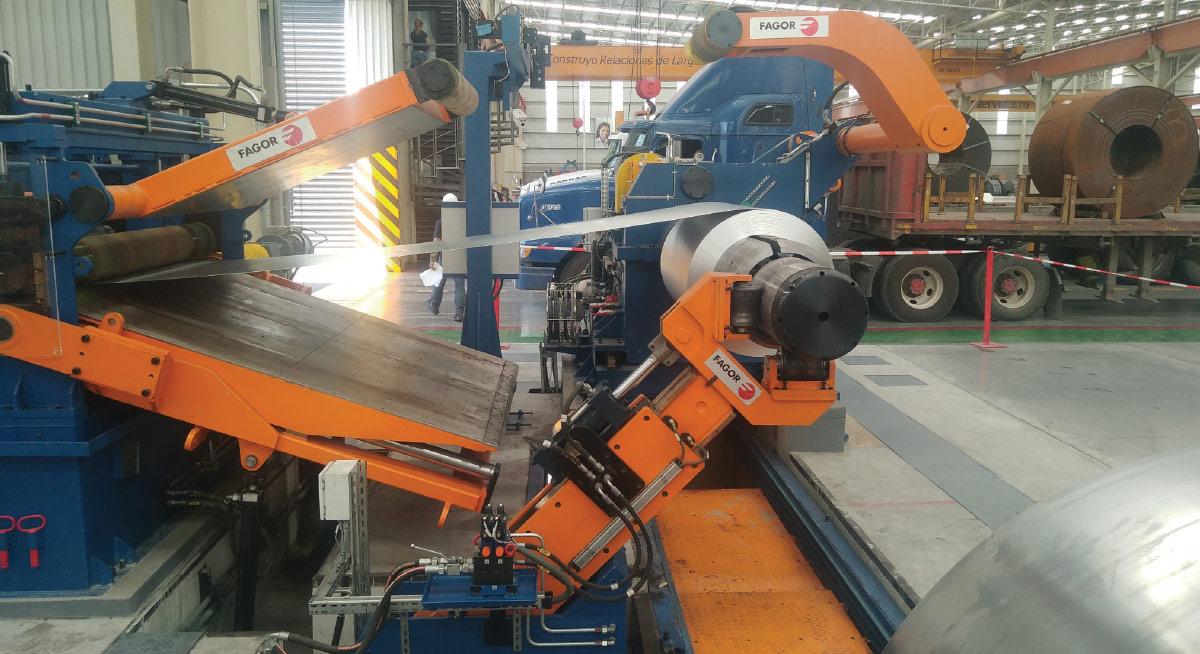
Says Zermeño, “We were looking for a CTL that could give us a quick response to the market in a very demanding product range, requiring a high-quality surface and flatness.”
Zermeño cites the human-machine interface, which “makes it much easier to control the CTL safely and efficiently with very few people. It allows visualization in real time of the working conditions in each one of the components of the line.” He also likes the flattening assistant that automatically suggests flattening parameters for different material conditions, “which saves us precious time.”
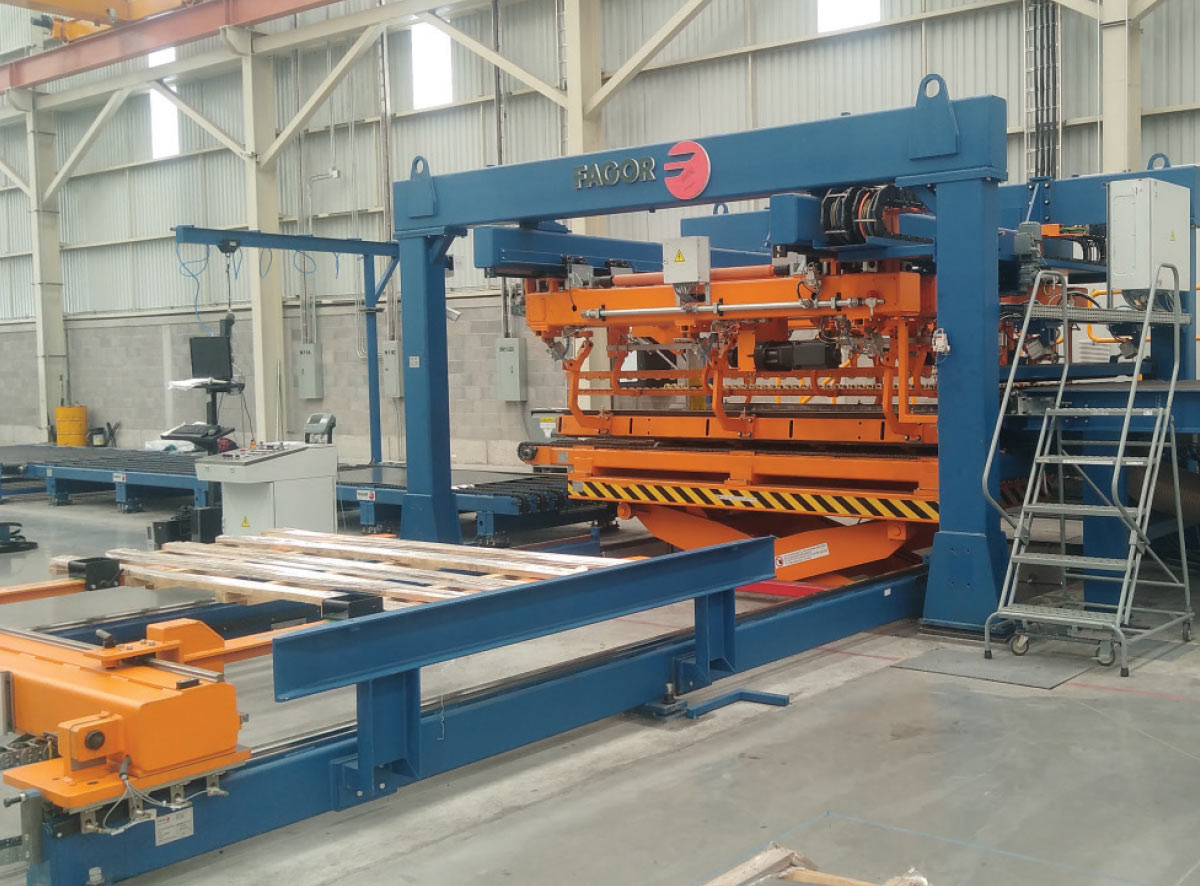
The COVID-19 outbreak coincided with the training, says Lopez, “so we began the training in person and finished it remotely, connecting with the production team and supported by the staff that Fagor has in Mexico.”
“This close collaboration and openness allowed us to tailor a technologically innovative CTL that meets our safety, quality, productivity, easy-to-operate and low-maintenance cost expectations to meet our customers’ broad and strict demands,” Zermeño says.
Even with quite a few custom features, he credits Fagor with completing the project well within deadline. “Part of the success was the clear understanding of Serviacero Comercial’s needs and good communication and support during the construction of the line.”
Fagor’s response to the pandemic was “responsible and swift,” Zermeño continues, allowing commissioning to occur on time despite “all the uncertainty we were experiencing. Further training and troubleshooting has been effectively carried out remotely.”
Zermeño anticipates the new CTL line will generate “new business in the most challenging markets by being able to process most demanding materials and by offering the reliable quality and service that has distinguished Serviacero throughout our history.”
Serviacero Comercial, Leon Guanajuato, México, 477/1941000, serviacero.com/comercial.


